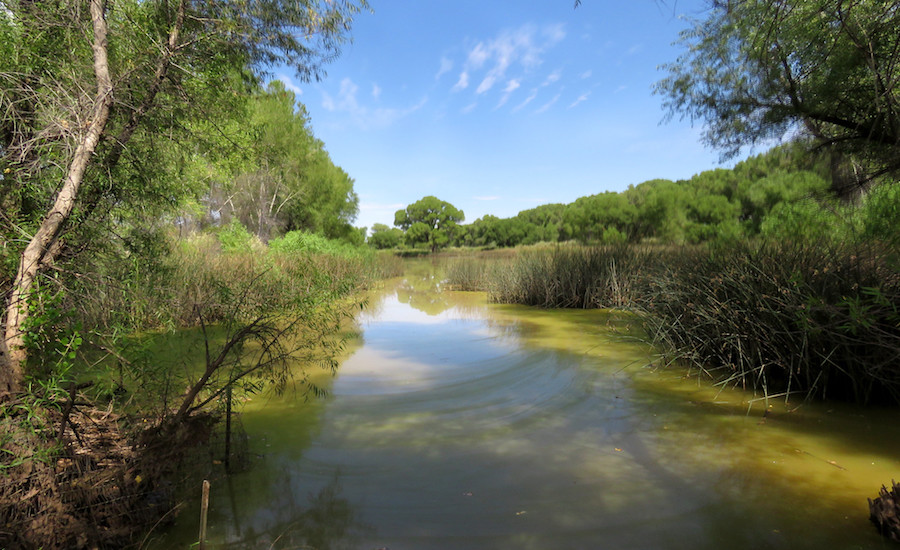
In 2021, copper mining (e.g., metal mining) in Arizona accounted for 74% of the domestic US copper production (USGS 2021). How do the major copper producers in Arizona navigate the sustained drought conditions, climate change forecasts, and complex legal frameworks of today? The solutions lie in an established strategy of long-term conservation planning and a sustained commitment to water stewardship.
Regulatory brief
The most recent statewide water conservation measures announced in 2022 are the latest of a long series of forward-looking water strategies in Arizona, accelerated by the construction start of the Central Arizona Project in 1973.
Established in 1980, ADWR assumed responsibility for all groundwater planning and regulation in the state except for water quality. This legal authority included the development and oversight of mandatory conservation programs for groundwater use in four areas of heaviest groundwater pumping, classified as active management areas (AMAs). ADWR’s legal authority on groundwater use outside of the AMAs requires users to demonstrate a reasonable and beneficial use. In this role, ADWR regulates “groundwater mining”.
The Surface Water Division of ADWR administers permits, certificates of water rights, and claims to the appropriation of surface water in the state. This legal authority defines beneficial use as the basis, measure, and limit to the use of surface water. Mining is one beneficial use.
Established in 1987, the Arizona Department of Environmental Quality (ADEQ) assumed responsibility for surface and groundwater quality protection through various water quality programs. The Aquifer Protection Permit requires compliance with Aquifer Water Quality Standards at the point of compliance and operators to demonstrate Best Available Demonstrated Control Technology (BADCT). The purpose of BADCT is to employ engineering controls, processes, operating methods, or other alternatives to reduce the discharge of pollutants to groundwater to the greatest degree achievable.
ADWR provides specific conservation requirements for metal mining facilities in AMAs. The Tucson AMA (Fifth Management Plan, 2020) defined a series of water conservation-related best management practices (BMPs) for metal mining facilities. These BMPs are organized by water use categories including dust control, processing, conveyance systems, tailings storage facility management, system, and evaporation losses, cooling systems, and recycled and reclaimed water.
There are multiple other water-focused public agencies involved in conservation, storage, and strategic resource planning. In terms of water stewardship and metal mining, ADWR and ADEQ are the primary agencies of interest.
Industry best practice
The best practice of life cycle assessment includes evaluating water supply and water quality impacts on mine operations, closure, and post-closure. This aspect of water stewardship is imperative for metal mine operations in the arid, semi-desert climate of Arizona. In this environment, large-scale metal mine operations have worked to maximize water use efficiency and promote the use of recycled, reused, and lower-quality resources for decades. Examples of best practices in Arizona include:
- Minimizing the use of freshwater and impacts on freshwater quality
- Modeling and planning for climate-related impacts in terms of engineering and promoting water-supply resilience
- Collaborating with other actors in the management of the water basins to manage and develop water resources in a sustainable and balanced manner, considering the social, economic, and environmental interests of the actors
Plans for new metal mines include the adoption of emerging technologies such as filtered tailings, reduced evaporation from water storage facilities, less water-intensive dust control, and increased water reuse overall. These plans, combined with adaptive management and stakeholder engagement, will guide metal miners through this complex landscape.
(This article first appeared in Global Business Reports)